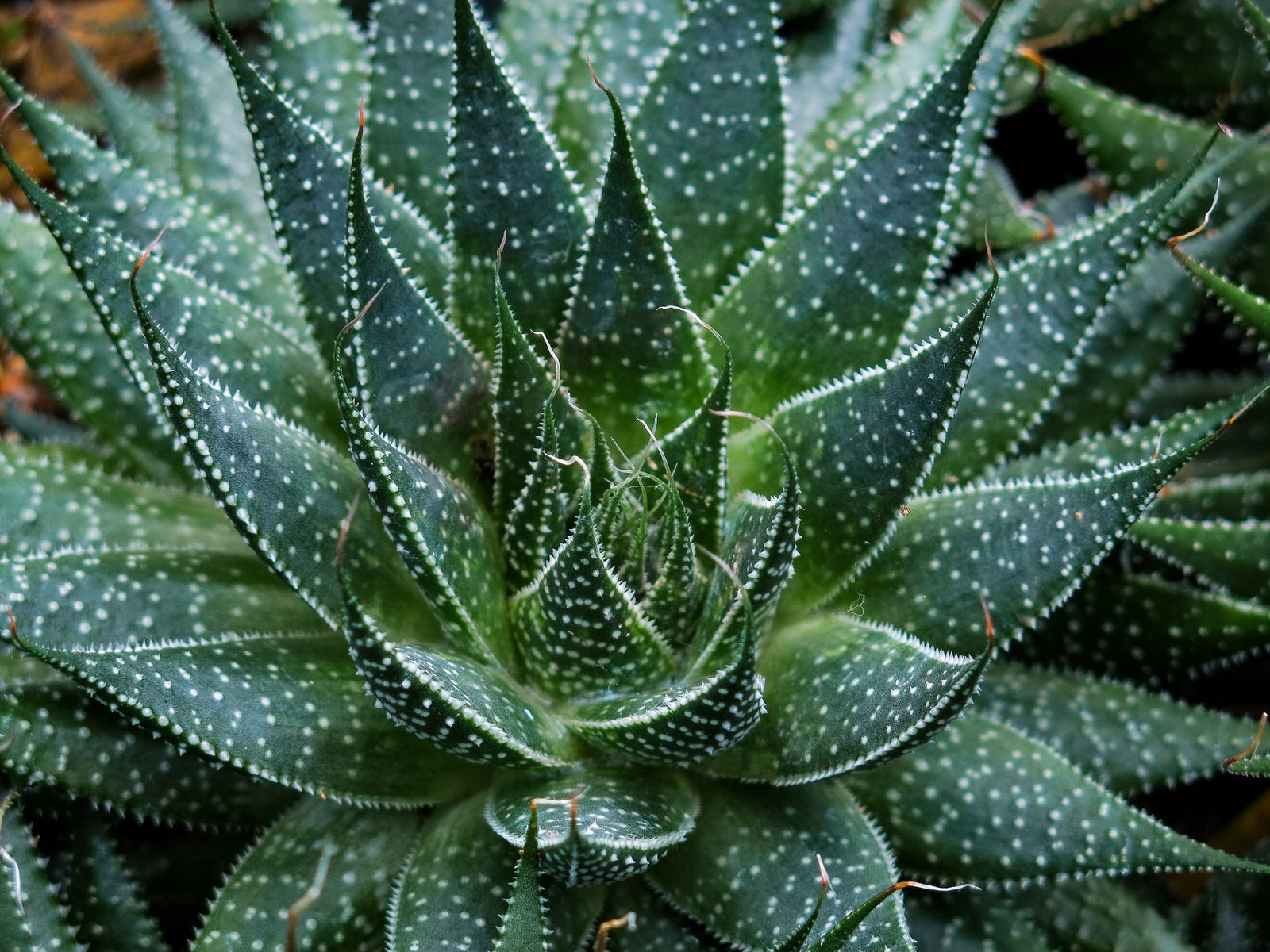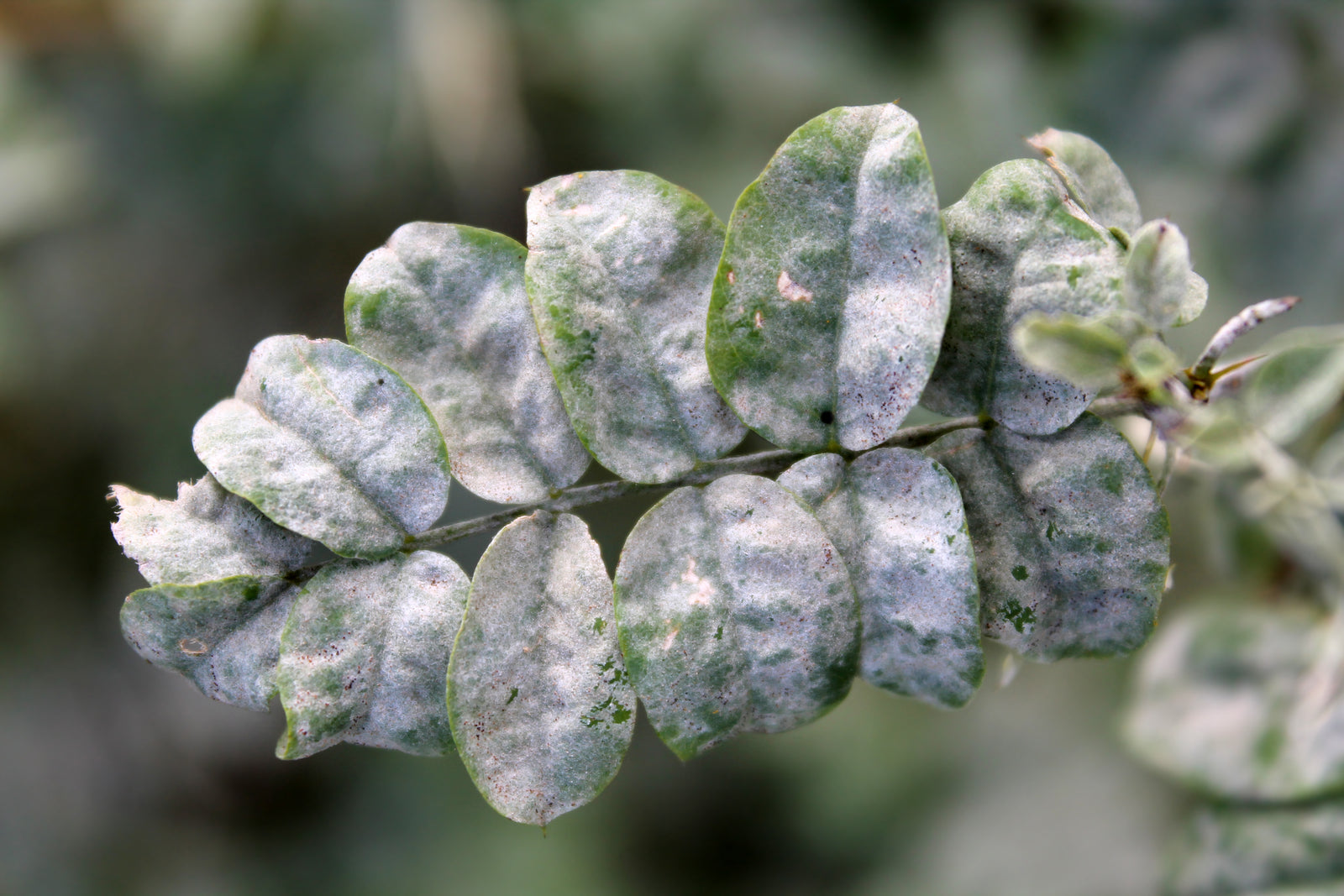
Have you ever walked into your garden and noticed a mysterious white substance coating the leaves of your beloved plants? If so, you're not alone. This common issue has many gardeners scratching their heads, wondering, "What is that white stuff on my plants?" In this article, we'll dive deep into the possible causes, focusing on the notorious powdery mildew, and provide actionable solutions to help you keep your garden healthy and vibrant.

Understanding Powdery Mildew
What is Powdery Mildew?
Powdery mildew is a widespread fungal disease that affects a variety of plants. It's easily recognizable by its white, powdery appearance on the surfaces of leaves, stems, and sometimes even flowers and fruit. This fungal infection thrives in warm, dry environments, making it a common sight in many gardens.

Life Cycle of Powdery Mildew
Understanding the life cycle of powdery mildew is crucial for effective management. The fungus overwinters in plant debris or on infected plants. When conditions become favorable in the spring, spores are released and carried by the wind to new hosts. Once they land on a suitable plant, they germinate and begin to grow, feeding off the plant's nutrients. The white patches you see are fungal spores, ready to spread and infect other plants.

Identifying Powdery Mildew
Symptoms to Watch For
Early detection of powdery mildew can save your plants from severe damage. Here are the key symptoms to look out for:
- White, Powdery Spots: Initially, small white spots appear on the upper surfaces of leaves. These spots can quickly grow and merge, covering the entire leaf.
- Distorted Growth: Infected leaves may become twisted or distorted.
- Yellowing Leaves: As the infection progresses, leaves may turn yellow and drop prematurely.
- Reduced Yield: In fruit-bearing plants, powdery mildew can lead to a significant reduction in yield and quality.

Managing Powdery Mildew
Cultural Practices
- Proper Spacing: Ensure adequate spacing between plants to promote good air circulation, which helps reduce humidity and the likelihood of fungal infections.
- Watering Techniques: Water plants at the base rather than from above to keep foliage dry. Morning watering is preferable so that any water on leaves can dry quickly.
- Pruning: Regularly prune and remove infected plant parts to limit the spread of the disease.

Chemical Treatments
If cultural practices are not enough, fungicides can be an effective solution. Here are a few options:
- Sulfur-based Fungicides: These are commonly used to control powdery mildew. Apply them according to the manufacturer's instructions.
- Neem Oil: This natural oil can be used as a preventative measure and treatment. It works by disrupting the fungal growth cycle.
- Potassium Bicarbonate: This fungicide kills powdery mildew on contact and is safe for use on a wide range of plants.

Organic Remedies
For those who prefer organic methods, here are a few tried-and-true remedies:
- Baking Soda Spray: Mix one tablespoon of baking soda, half a teaspoon of liquid soap, and one gallon of water. Spray this solution on affected plants weekly.
- Milk Spray: A mixture of one part milk to nine parts water can help reduce the spread of powdery mildew. Spray it on plants every 7-10 days.
- Compost Tea: This natural fertilizer can boost plant health and help them resist fungal infections.

Conclusion
Powdery mildew is a common but manageable problem in gardens. By understanding its life cycle, identifying early symptoms, and employing effective management strategies, you can protect your plants from this pervasive fungus. Regular monitoring and a combination of cultural, chemical, and organic treatments will keep your garden healthy and thriving. So the next time you find yourself asking, "What is that white stuff on my plants?" you'll be well-equipped to tackle the issue head-on.
For more detailed information and expert advice, visit Grangetto's Garden and Farm Supply. Happy gardening!



